Designing a recycling strategy for a new, forthcoming generation of photovoltaic solar cells – made from metal halide perovskites, a family of crystalline materials with structures like the natural mineral calcium titanate – will add a stronger dose of environmental friendliness to a green industry, according to new research published in Nature Sustainability.
Tag: Solar energy
Computers help researchers find materials to turn solar power into hydrogen
A Penn State-led team of researchers report they have taken a step toward overcoming the challenge of inexpensive hydrogen production by using supercomputers to find materials that could help accelerate hydrogen separation when water is exposed to light, a process called photocatalysis.
On-Site Hydrogen Production Technology Accelerates to Market
SoCalGas recently licensed a PNNL-developed generation system that uses sunlight to convert natural gas and water into hydrogen and capture the carbon dioxide (CO2) to prevent carbon emissions. Hydrogen has many applications, including powering vehicles and homes.
Researchers unveil roadmap to expand NY solar energy, meet green goals
Solar-power developers need to explore using lower-quality agricultural land for solar energy, incentivize dual-use (combined agriculture and solar) options, avoid concentrated solar development and engage communities early to achieve New York’s green energy goals, according to forthcoming Cornell University research.
New batteries give jolt to renewables, energy storage
Cornell University researchers have been exploring the use of low-cost materials to create rechargeable batteries that will make energy storage more affordable. Now, they have shown that a new technique incorporating aluminum results in rechargeable batteries that offer up to 10,000 error-free cycles.
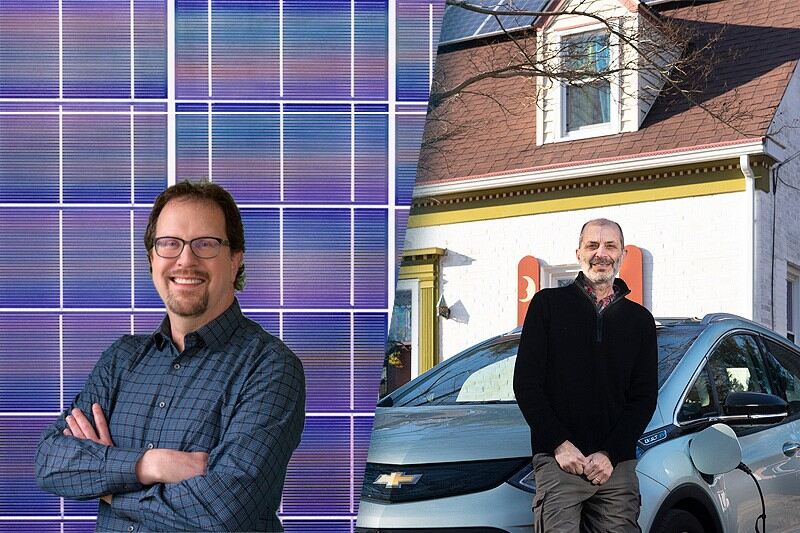
RENEWABLE ENERGY GRANTS
University of Delaware researchers William Shafarman (left) and Jeremy Firestone each will lead new studies, each supported by $2 million in new grants from the U.S. Department of Energy. Shafarman, director of UD’s Institute of Energy Conversion, will focus on solar panel manufacturing and efficiency. Firestone, director of UD’s Center for Research in Wind, will look at factors that affect consumers’ decisions about solar rooftop panels and/or electric vehicles.
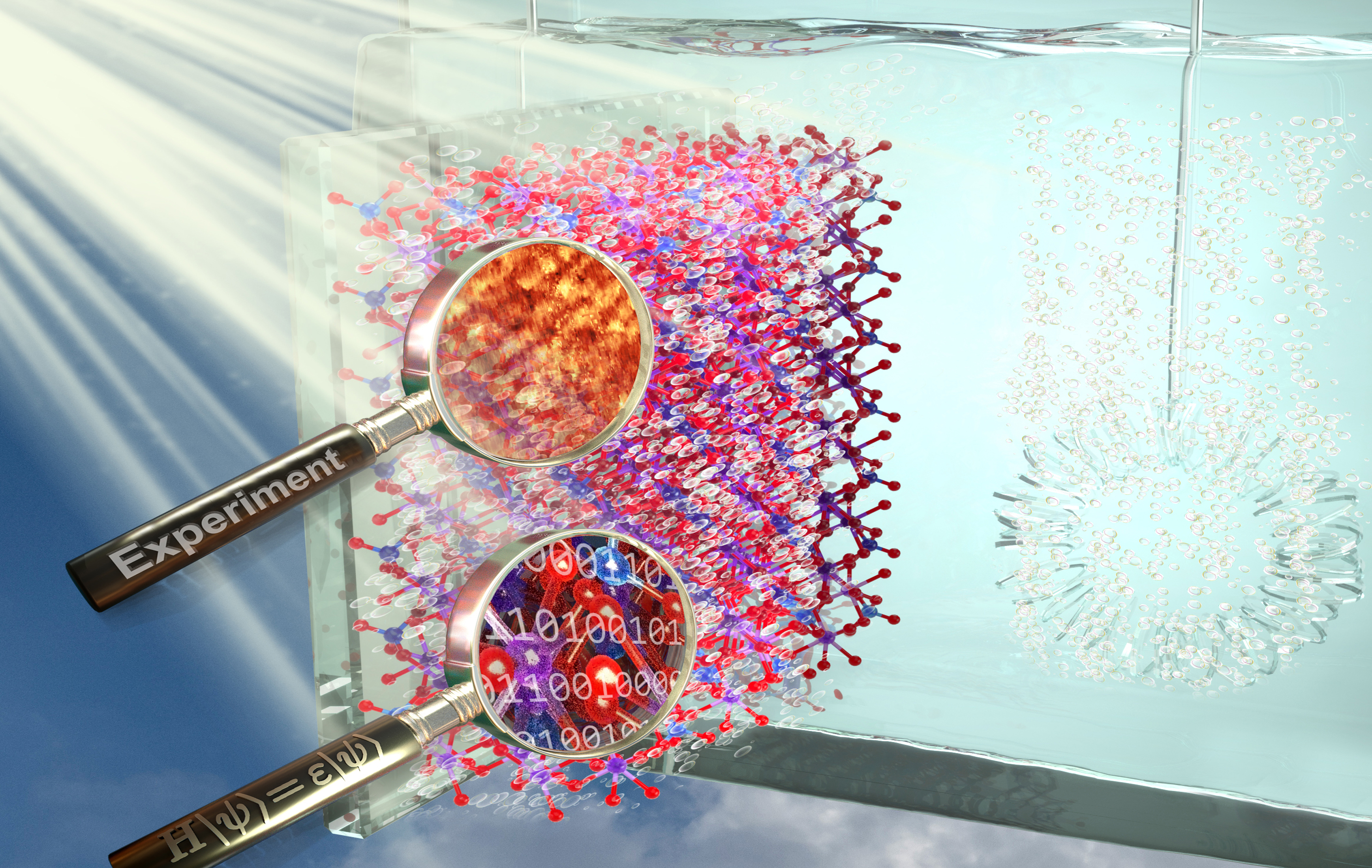
Tuning Electrode Surfaces to Optimize Solar Fuel Production
Changing the topmost layer of atoms on electrode surfaces can impact the activity of splitting water into oxygen and hydrogen—a clean fuel.

Bristol-led research will disrupt solar and expedite efforts toward Net-Zero target
Imagine a city in the near future where buildings have solar panels integrated into windows, cladding and rooftops – allowing urban areas to generate their own clean and renewable energy. Thanks to a new grant from the Engineering and Physical Sciences Research Council (EPSRC) and Bristol’s Cabot Institute, that vision is set to become reality.

Residential Batteries for Solar Power Benefit Owners and Grid
PNNL researchers simulated residential battery use and found in-home energy storage can benefit both the power grid and homeowners.
Making solar power more efficient
Case Western Reserve University computer scientists and energy technology experts are teaming up to leverage the diagnostic power of artificial intelligence (AI) to make solar-power plants more efficient.

Squeezing a rock-star material could make it stable enough for solar cells
A promising lead halide perovskite is great at converting sunlight to electricity, but it breaks down at room temperature. Now scientists have discovered how to stabilize it with pressure from a diamond anvil cell. The required pressure is well within the reach of today’s manufacturing processes.
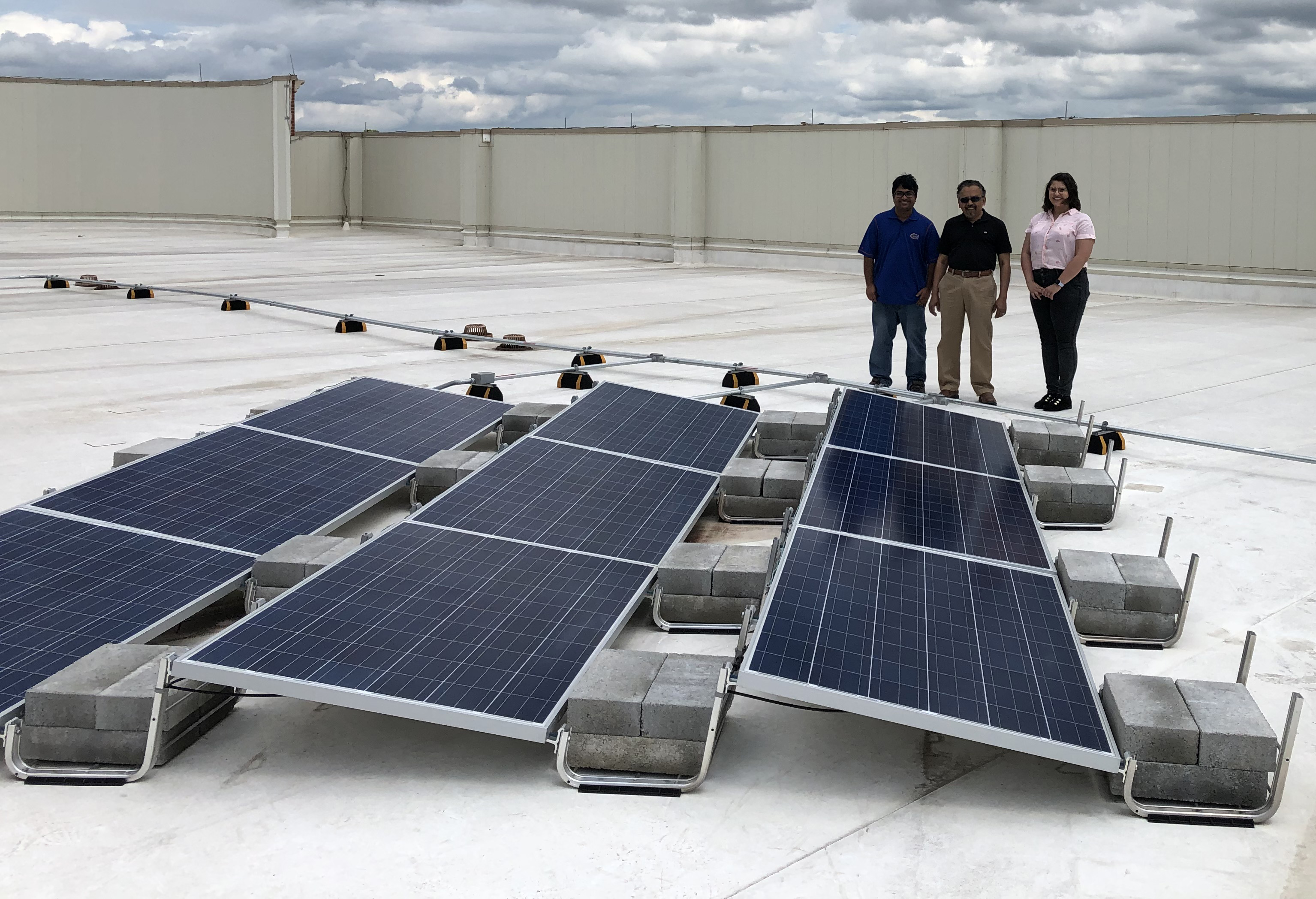
UNC Charlotte’s Energy Production and Infrastructure Center is One of 10 Selected Nationwide for U.S. Department of Energy Award
UNC Charlotte’s Energy Production and Infrastructure Center (EPIC) has been selected for a $3.6 million award from the U.S. Department of Energy Solar Energy Technologies Office (SETO) to improve the resilience and reliability of the regional grid.

Greenland Melting Likely Increased by Bacteria in Sediment
Bacteria are likely triggering greater melting on the Greenland ice sheet, possibly increasing the island’s contribution to sea-level rise, according to Rutgers scientists. That’s because the microbes cause sunlight-absorbing sediment to clump together and accumulate in the meltwater streams, according to a Rutgers-led study – the first of its kind – in the journal Geophysical Research Letters. The findings can be incorporated in climate models, leading to more accurate predictions of melting, scientists say.
Research Breakthrough Could Transform Clean Energy Technology
A team of researchers has developed a new method of harnessing solar energy, moving us closer to a clean energy future.
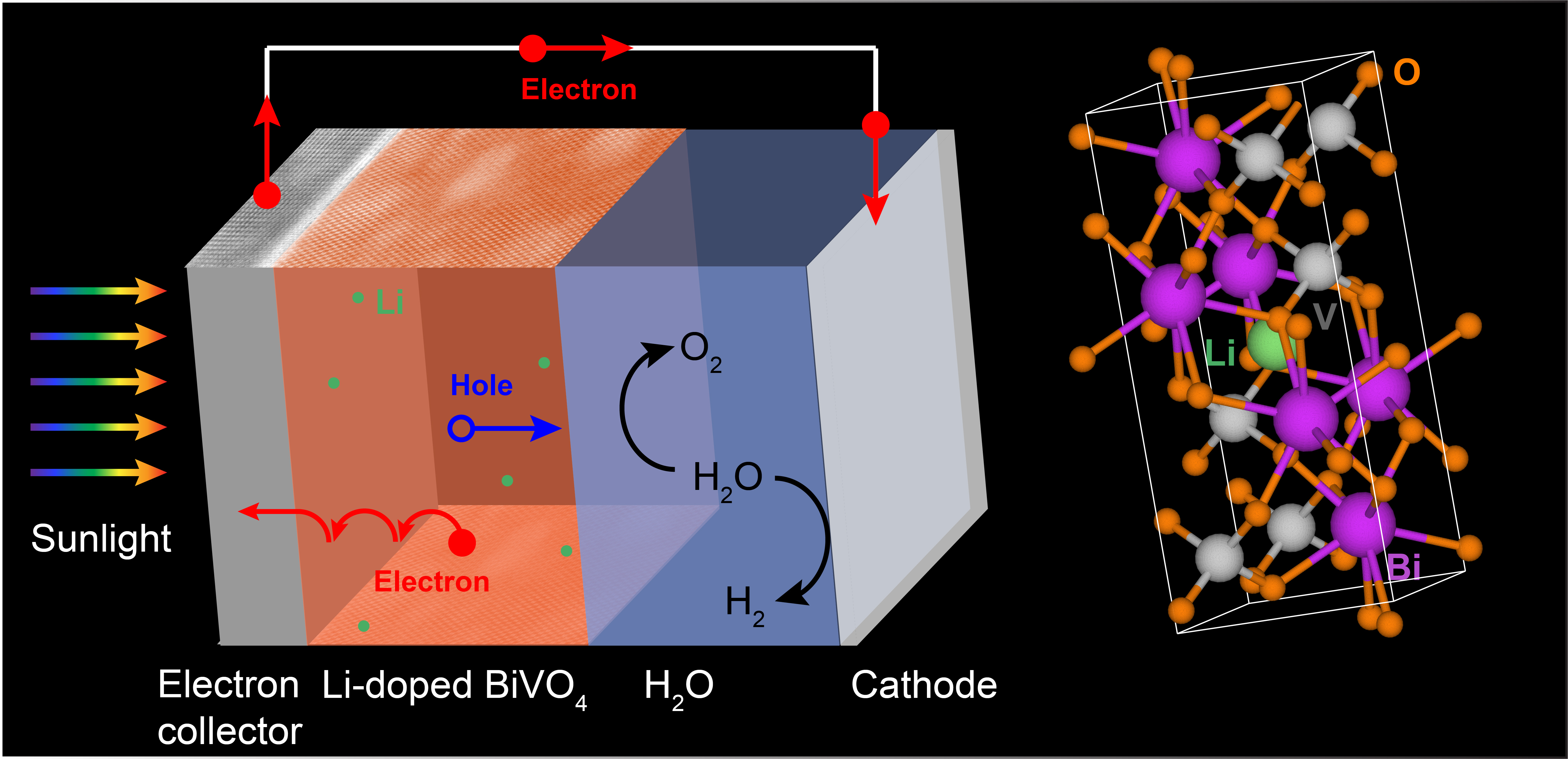
Driving Water Splitting to Create Chemical Fuels
Scientists improved the performance of bismuth vanadate, an electrode material for converting solar energy to hydrogen—an energy-dense and clean-burning fuel.

Materials developed at Sandia help extinguish solar panel fires before they ignite
Sandia National Laboratories has spent 10 years working alongside local company Guardian Sensors Inc. to understand and characterize hazardous arc-faults. Their work led to development of electrical in-line connectors that automatically predict and prevent photovoltaic arc-faults before they can ignite fires.
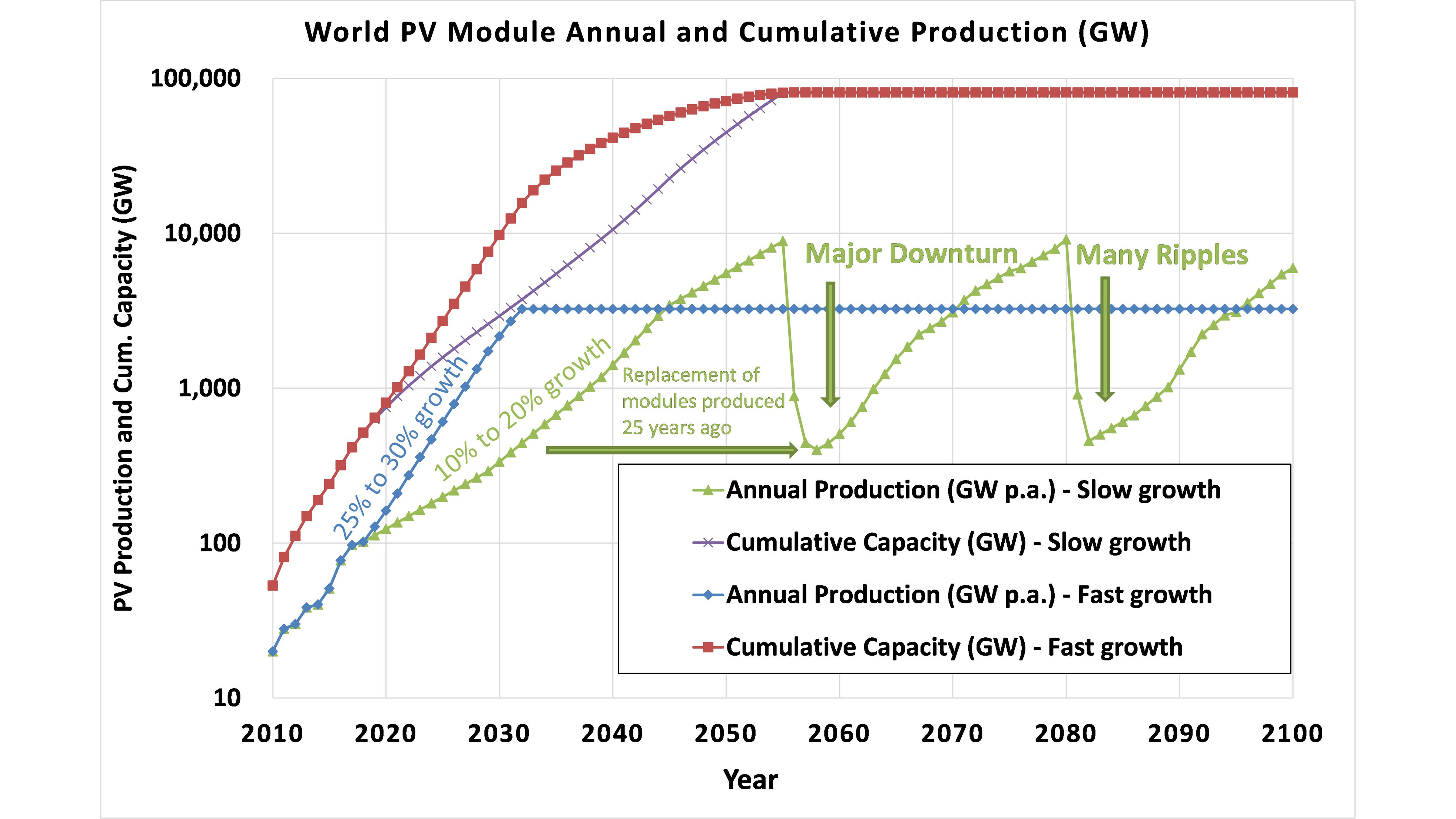
Photovoltaics Industry Can Help Meet Paris Agreement Targets
To meet the Paris Agreement’s goal of preventing Earth’s average temperature from rising more than 2 degrees Celsius above preindustrial level, one of the best options for the energy economy will involve a shift to 100% renewable energy using solar energy and other clean energy sources. In the Journal of Renewable and Sustainable Energy, researchers describe a model developed to predict what is necessary for the solar industry to meet Paris Agreement targets.
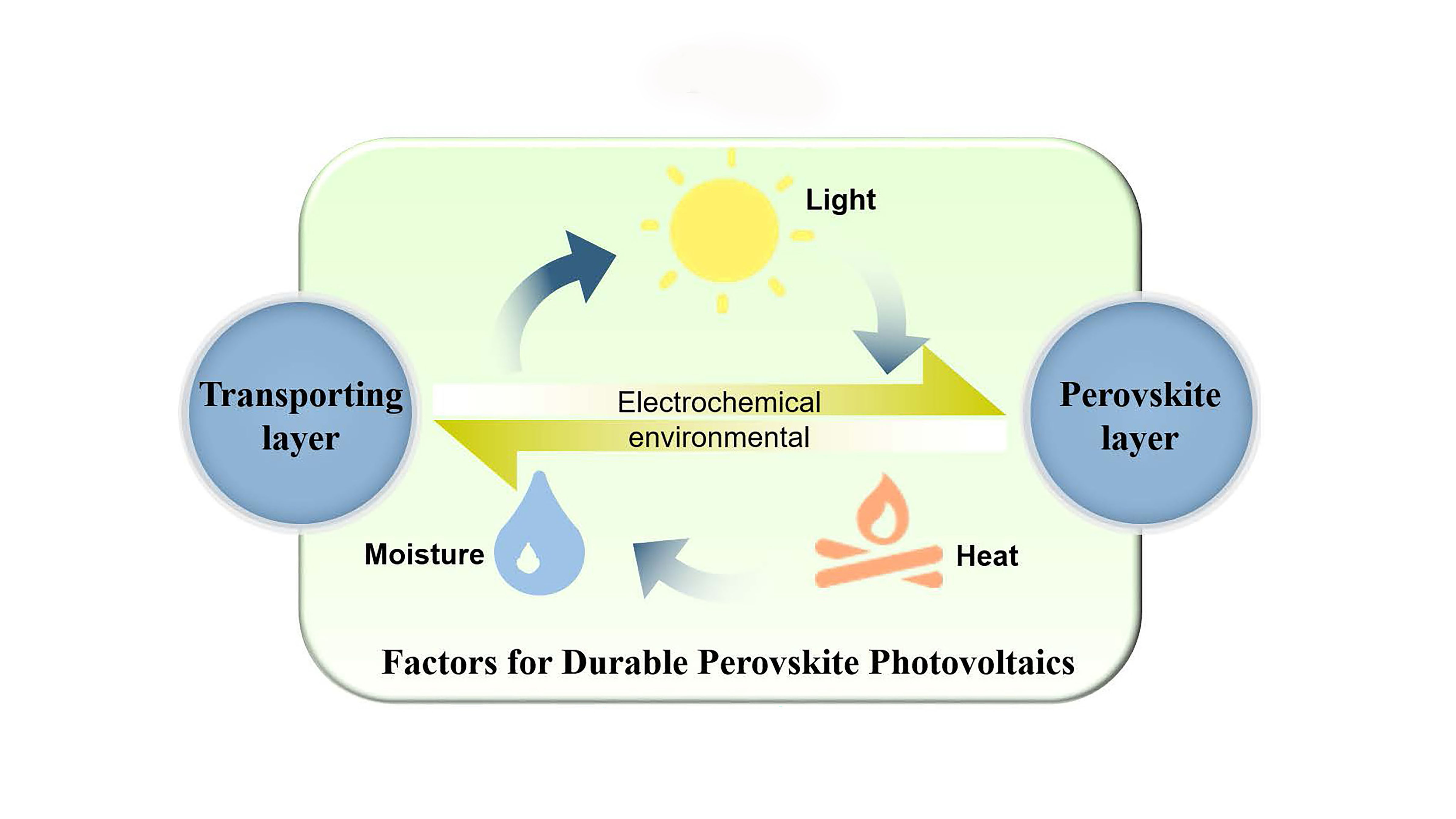
Promising Strategies for Durable Perovskite Solar Cells
Perovskite materials are increasingly popular as the active layer in solar cells, but internal forces in these materials cause distortions in their crystal structures, reducing symmetry and contributing to their intrinsic instability. Researchers at Soochow University examined the mechanisms at play, as well as several degradation factors that influence the performance of perovskite photovoltaics. In APL Materials, they clarified the factors influencing the degradation and they summarized some feasible approaches for durable perovskite photovoltaics.
Engineer aids NYS solar goals, helps energy and agriculture coexist
Cornell University engineering professor Max Zhang has been awarded a NYSERDA grant to determine efficient solar farm array configurations so the state can avoid land-use conflicts or spoiling precious agricultural space.
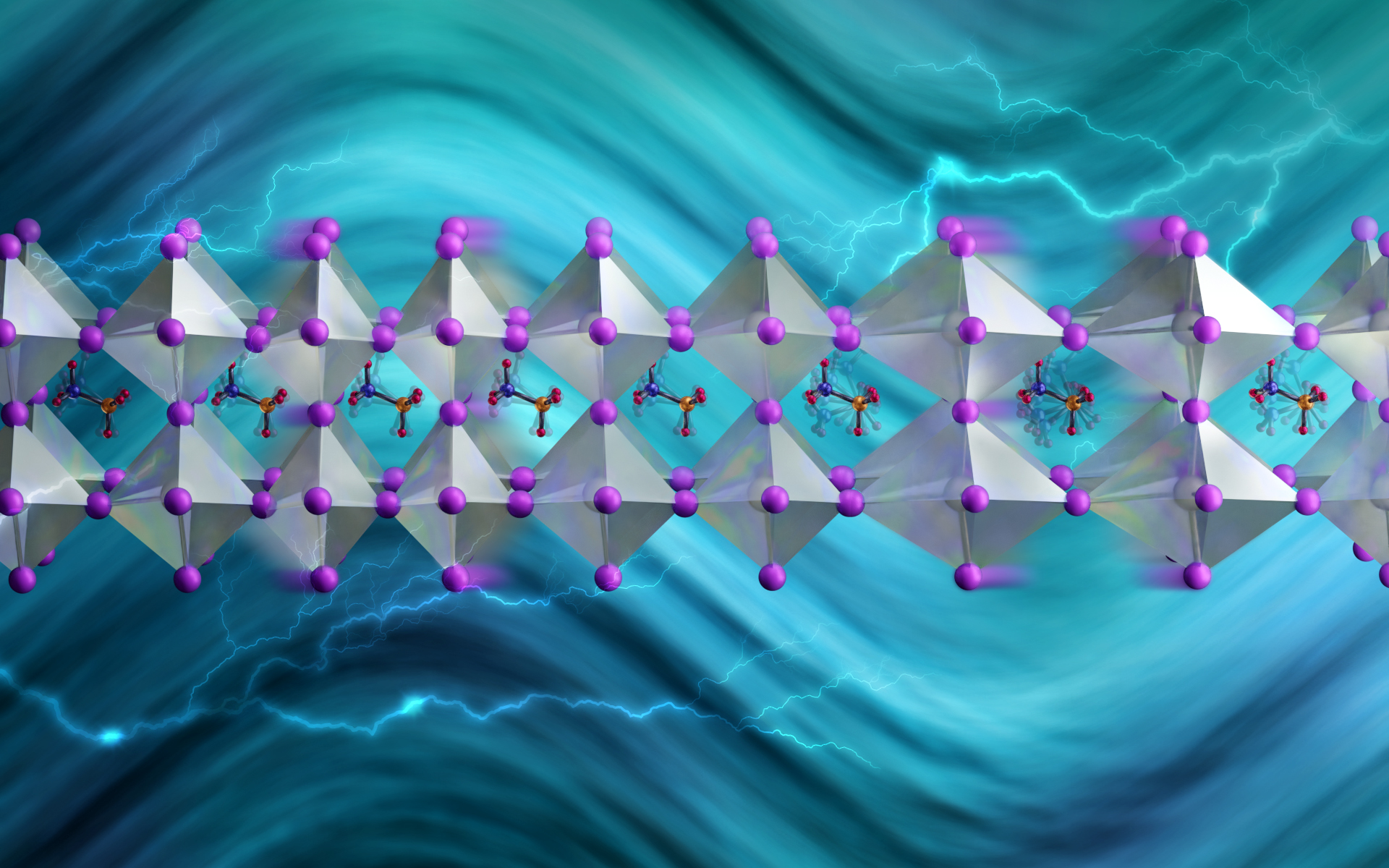
Blocking vibrations that remove heat could boost efficiency of next-gen solar cells
Led by the Department of Energy’s Oak Ridge National Laboratory and the University of Tennessee, Knoxville, a study of a solar-energy material with a bright future revealed a way to slow phonons, the waves that transport heat.
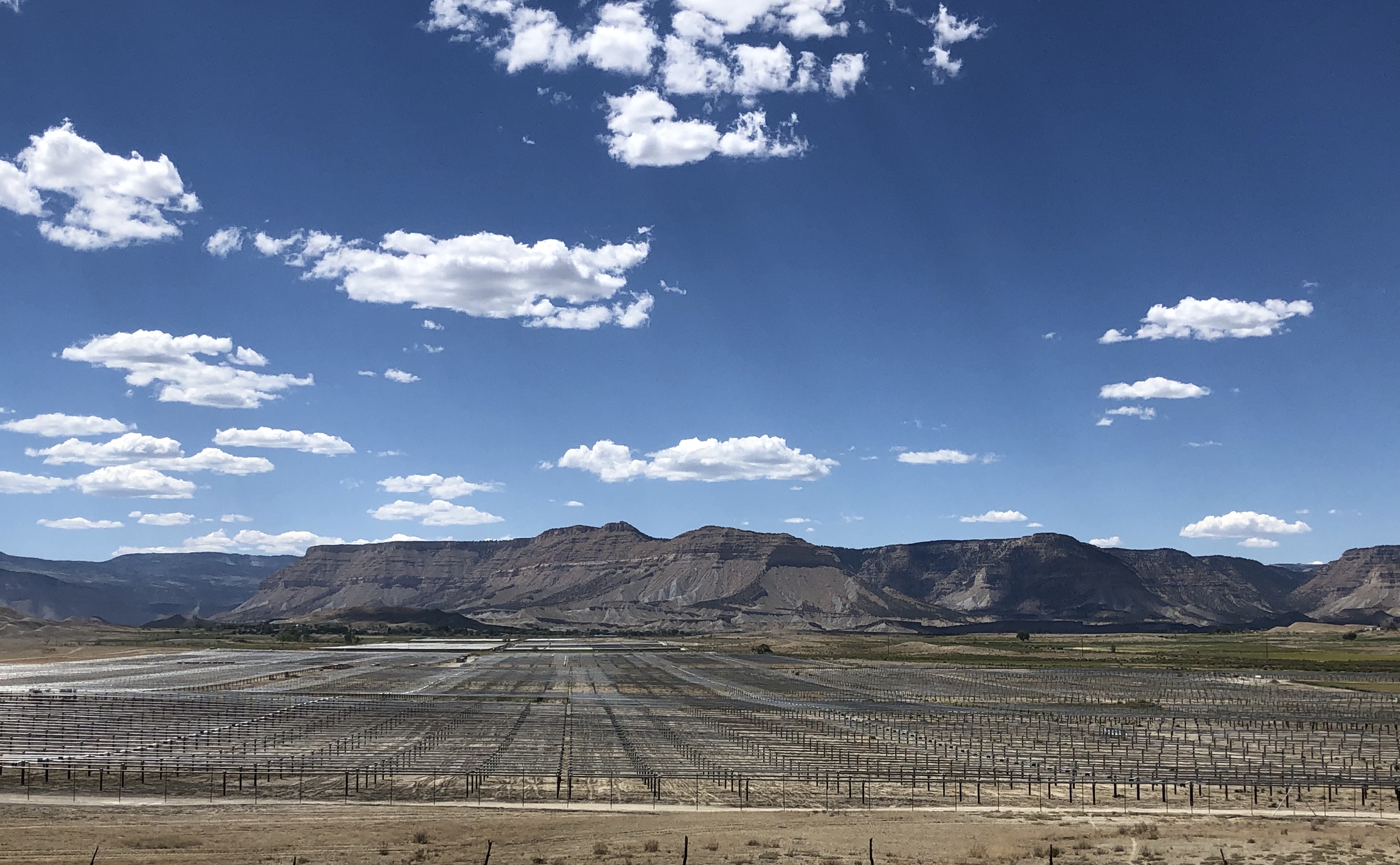
University of Utah reaches 71% renewable energy
A new solar energy contract drastically reduces the University of Utah’s carbon footprint. The new solar contract will bring the university to 71% of all electrical energy coming from renewable sources.
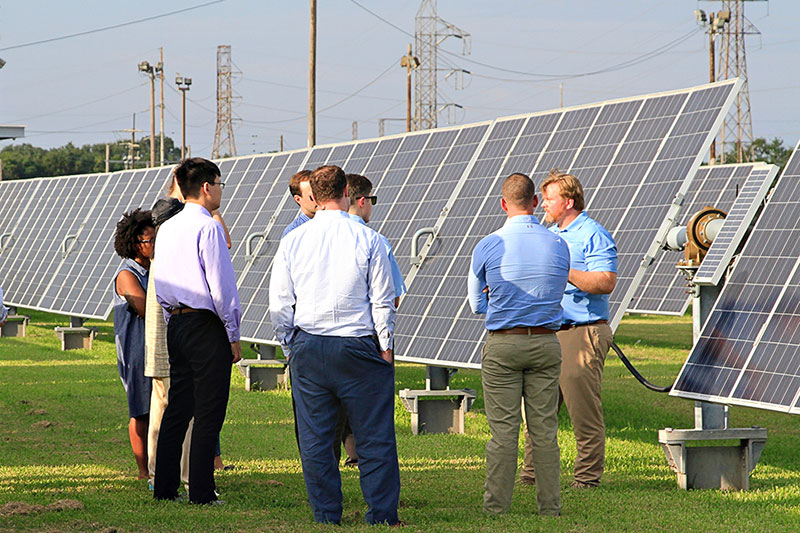
Tulane University launches new degree program in renewable energy
With the growing role of renewables in the nation’s energy mix, Tulane University’s A. B. Freeman School of Business has launched a program to teach students how to bring renewable and sustainable energy projects from concept to completion.
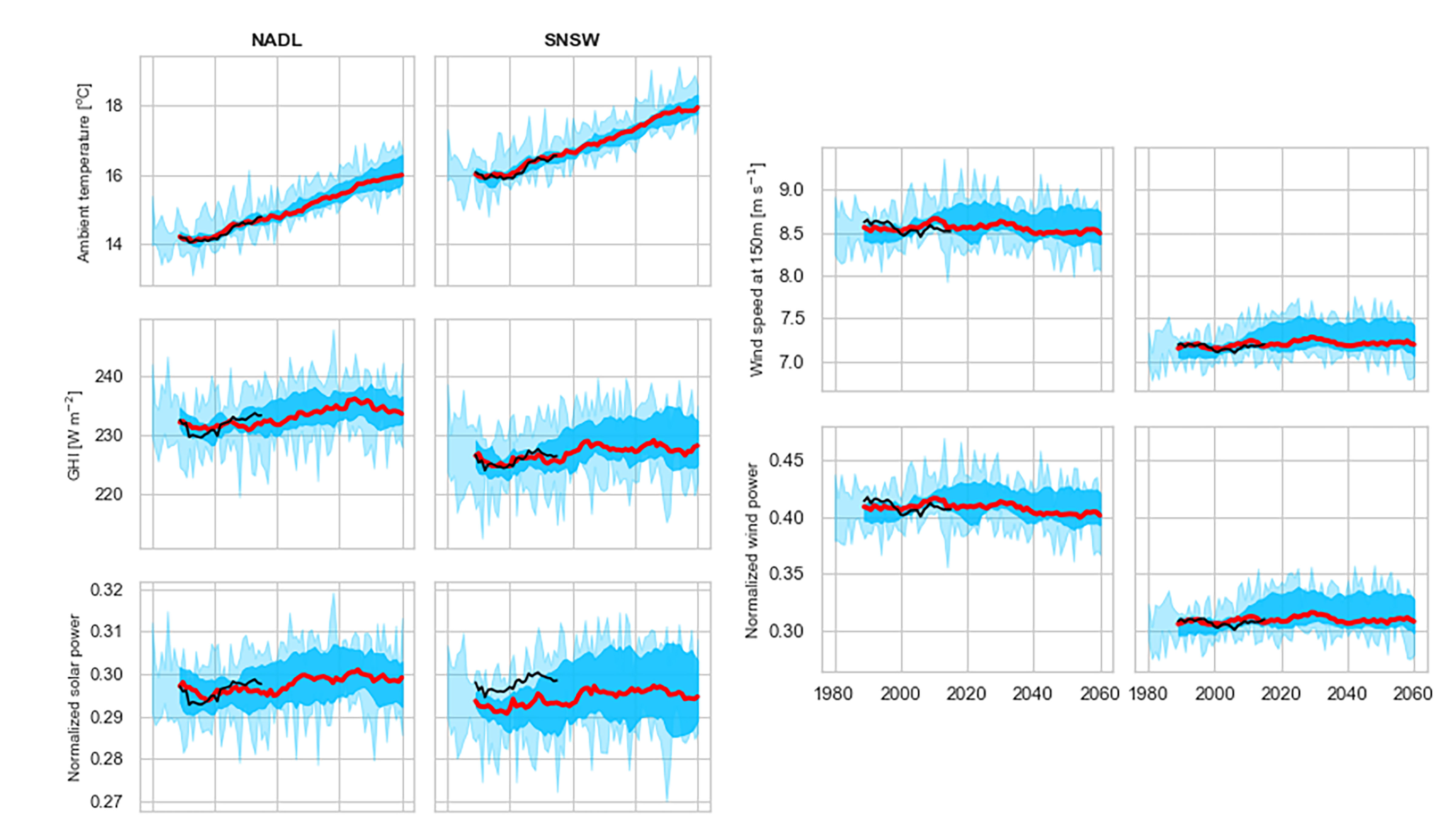
Climate Change Impact on Green Energy Production
As the climate of the planet is changing, many researchers are looking to more renewable energy sources. In the Journal of Sustainable and Renewable Energy, researchers investigate whether the power generated by solar and wind farms would differ between current and future climates. The researchers focused on sites in Australia where variable renewable generators are located or are likely to be located in the future based on the Australian Energy Market Operator’s system plan.

Cornell launches New York solar farm study
New York state has set ambitious goals to wean its economy off fossil fuels by 2050 while cutting greenhouse gas emissions by 85%. To help reach those goals, Cornell University researchers are studying ways the state’s mix of sun and farmland will factor into plans.

Geoengineering is Just a Partial Solution to Fight Climate Change
Could we create massive sulfuric acid clouds that limit global warming and help meet the 2015 Paris international climate goals, while reducing unintended impacts? Yes, in theory, according to a Rutgers co-authored study in the journal Earth System Dynamics. Spraying sulfur dioxide into the upper atmosphere at different locations, to form sulfuric acid clouds that block some solar radiation, could be adjusted every year to keep global warming at levels set in the Paris goals. Such technology is known as geoengineering or climate intervention.
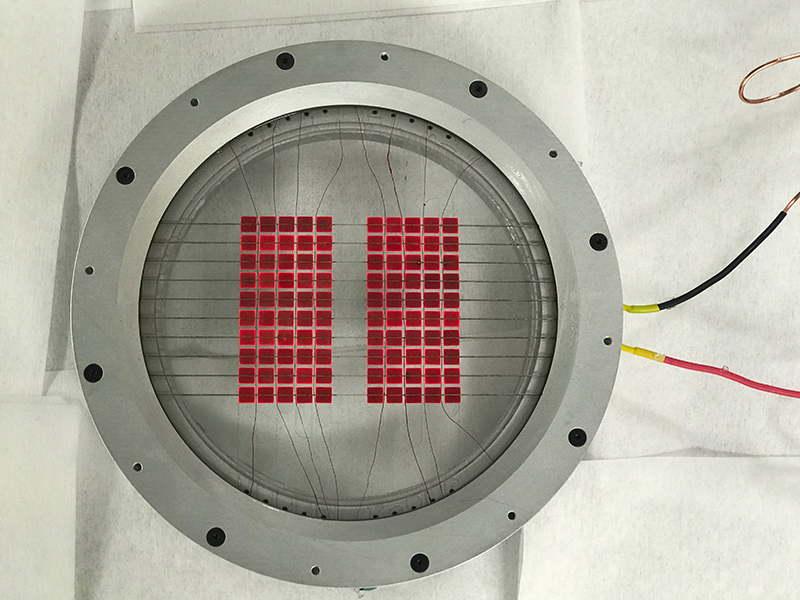
Tulane scientists build high-performing hybrid solar energy converter
The work is the culmination of a U.S. Department of Energy project that began in 2014 with $3.3 million in funding and involved years of prototype development at Tulane and field testing in San Diego.

Merging solar cell and liquid battery produces efficient, long-lasting solar storage
Chemists at the University of Wisconsin–Madison and their collaborators have created a highly efficient and long-lasting solar flow battery, a way to generate, store and redeliver renewable electricity from the sun in one device.
Newer Solar Power Equipment Ages Better Than Older Units
Utility-scale photovoltaics are the largest sector of the overall solar market within the U.S. and the fastest-growing form of renewable power generation, and this fleet of utility-scale photovoltaic projects is relatively young and hasn’t been operating long enough to establish a lengthy history of operational field service. In the Journal of Renewable and Sustainable Energy, researchers assess the performance of 411 utility-scale photovoltaic projects built within the U.S. from 2007 through 2016.

At the Interface of Organic Chemistry and Nanotechnology with Adam Braunschweig
Adam Braunschweig—a CUNY ASRC associate professor—is a user at Brookhaven Lab’s Center for Functional Nanomaterials (CFN) studying how molecules in organic semiconductor thin films pack together.

Georgia Tech Engineers Simulate Solar Cell Work Using Supercomputers
Because of silicon’s relatively high cost, hybrid organic-inorganic perovskites (HOIPs) have emerged as a lower-cost and highly efficient option for solar power, according to a recent study by Georgia Institute of Technology (Georgia Tech) researchers.
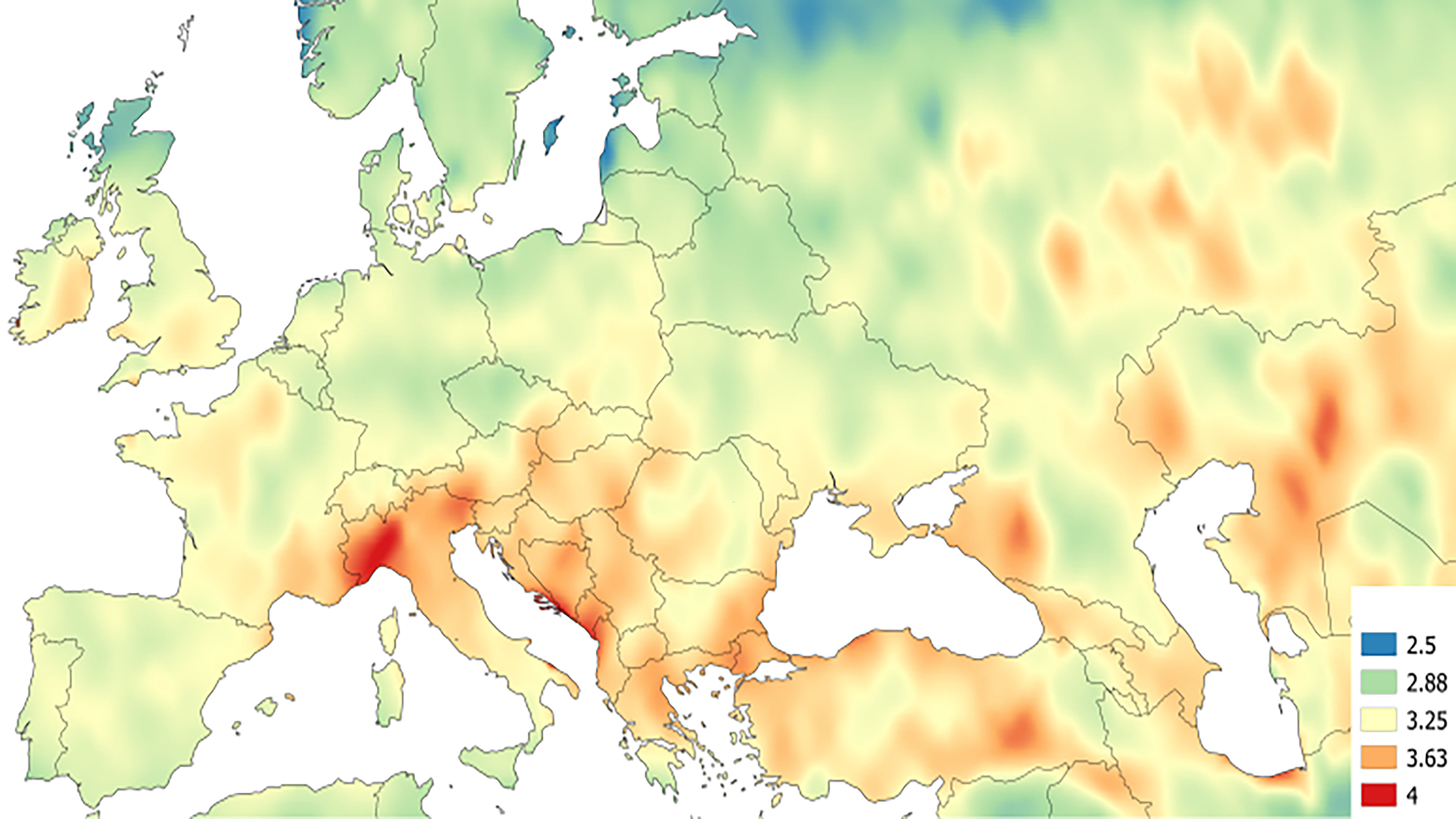
Finding Balance Between Green Energy Storage, Harvesting
Generating power through wind or solar energy is dependent on the abundance of the right weather conditions, making finding the optimal strategy for storage crucial to the future of sustainable energy usage. Research published in the Journal of Renewable and Sustainable Energy identifies key indicators that will help achieve balance between green energy storage capacity and harvesting capability and determine the energy potential of a region.
Monitoring Intermediates in CO2 Conversion to Formate by Metal Catalyst
The production of formate from CO2 is considered an attractive strategy for the long-term storage of solar renewable energy in chemical form.
First Solar Energy System to Split Water into Hydrogen and Oxygen at Separate Sites
Researchers have developed a prototype system for efficient and safe production of hydrogen using only solar energy. The innovative system contains a tandem cell solar device that enables more efficient utilization of the light spectrum.
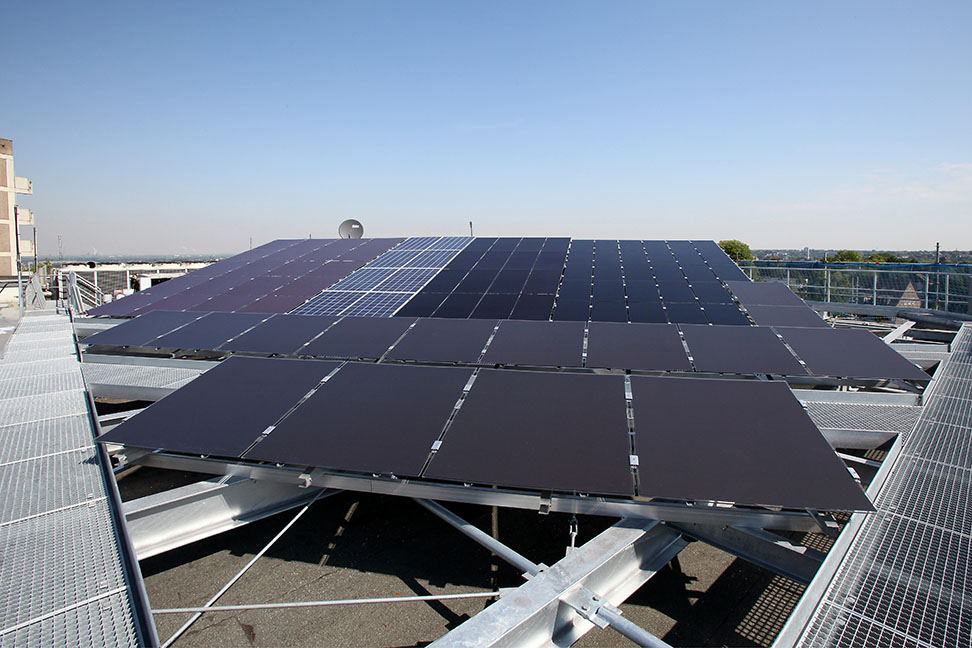
Tests Measure Solar Panel Performance Beyond Established Standards
In testing solar panels, the sun’s intensity, the spectral composition and the angle of light are important factors in understanding why certain panels are successful and others degrade more quickly. To address the knowledge gap in degradation mechanisms for various photovoltaic types, researchers performed tests over five years in which they collected weather data and panel performance information. The results are published in the Journal of Renewable and Sustainable Energy.
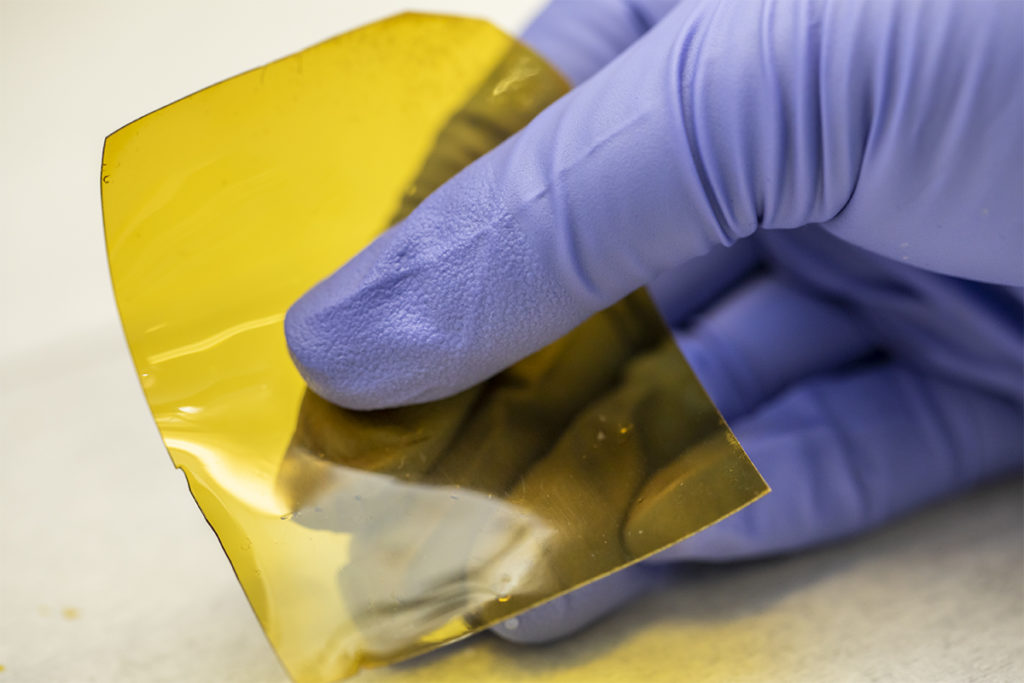
Go With the Flow: Scientists Design New Grid Batteries for Renewable Energy
Scientists at Berkeley Lab have designed an affordable ‘flow battery’ membrane that could accelerate renewable energy for the electrical grid.
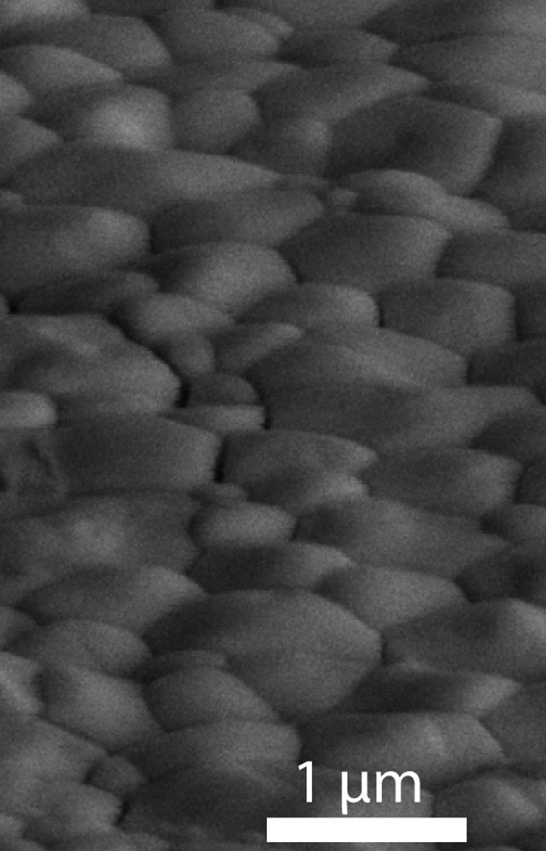
New technique lets researchers map strain in next-gen solar cells
Researchers can now map strain in lead halide perovskite solar cells. Their approach shows that misorientation between perovskite crystals is the primary contributor to the buildup of strain within the solar cell, creating defects in grain structure, interrupting electron transport and causing heat loss.
To rid electric grid of carbon, shore up green energy support
Cornell and Northwestern University engineers, along with a federal economist, have created an energy model that helps to remove carbon-generated power from the U.S. electric grid – replacing it with a greener, financially feasible wind, solar and hydro energy system.
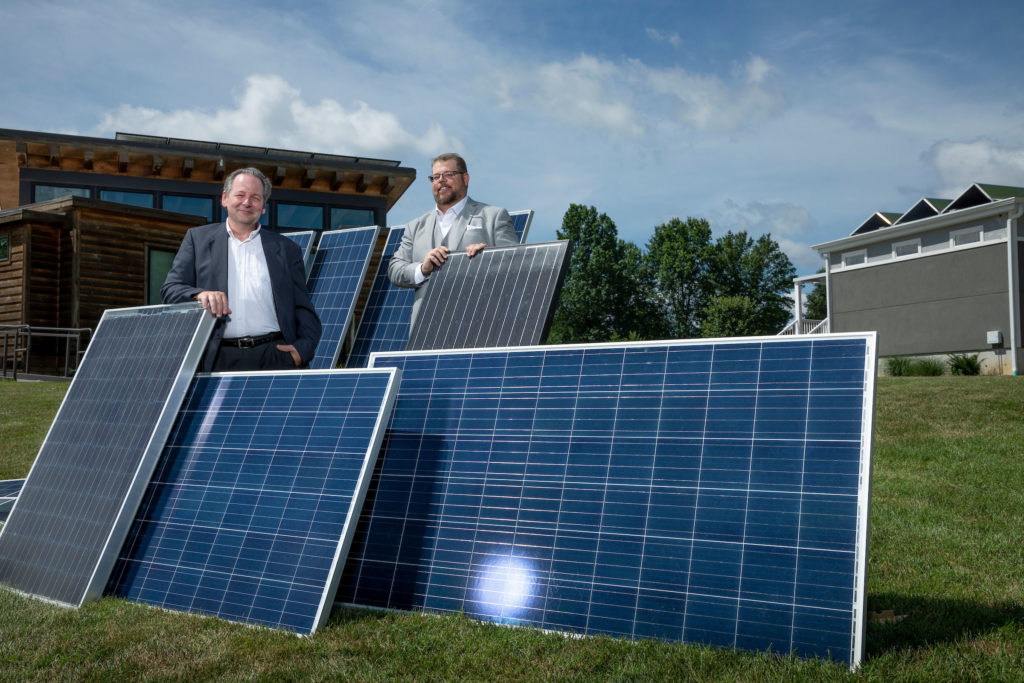
Researchers urge Midwestern states to recycle solar panels efficiently
By 2050, up to six million tons of solar panel waste will need recycling. But few states have started processes for handling the waste even as they require more energy produced by renewable sources.
Scientists Discover Key Factors in How Some Algae Absorb Solar Energy
Scientists have discovered how diatoms – a type of algae that produces 20 percent of the Earth’s oxygen – absorb solar energy for photosynthesis. The Rutgers University-led discovery, published in the journal Proceedings of the National Academy of Sciences, could help lead to more efficient and affordable algae-based biofuels and combat climate change from fossil fuel burning.

Tufts adds new solar energy systems, expands its commitment to clean energy
New additions will increase energy savings, reduce costs MEDFORD/SOMERVILLE, Mass. (June 26, 2019) – Two new roof-mounted solar photovoltaic installations on buildings located on the Medford/Somerville campus of Tufts University will generate 161,000 kilowatt hours of renewable energy for the…